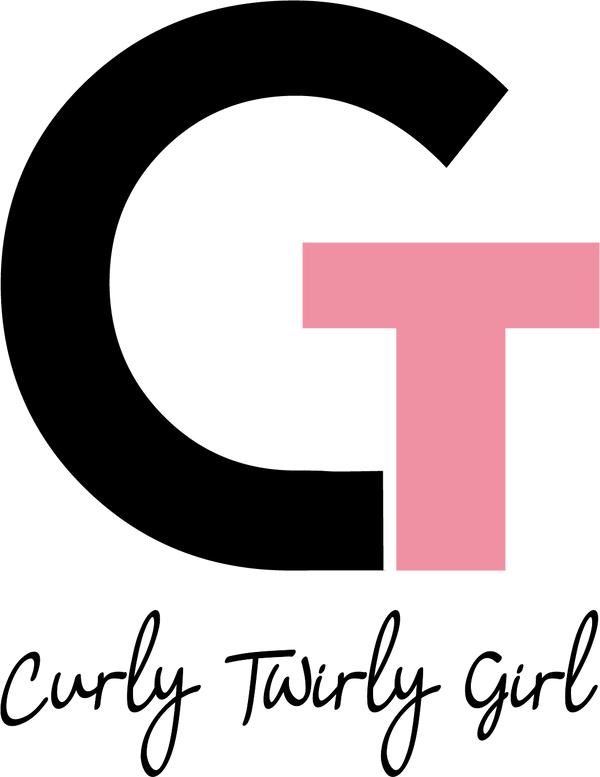What's Your Curl Type?
How to determine your hair type?
If you are new to learning about your curly hair, you’ll notice there is an abundance of information. There are so many blogs and articles detailing hair typing systems, products, and techniques for styling it, it certainly can be daunting at first glance.
At Curly Twirly Girl, our goal is to inform and empower you along your curly hair journey. There are no “good” or “bad” hair types. You and your hair are both beautiful, and you should feel confident in yourself – curls and all. Knowing your curl type allows you to embrace your natural shape and texture. This knowledge allows you to keep your hair healthy and well-maintained, so it can live its best life.
If you’re eager to learn about your incredible waves, curls, or coils, continue reading.
How do curls form?
Let’s start with an introduction to the composition of hair. Hair has three main layers: The cuticle, the cortex, and the medulla.
The cuticle is the outermost layer. It is hard and fortified by keratin, which is the most abundant protein in hair. This layer is responsible for much of your hair health, because it protects the inside of the strand. Over time, the cuticle breaks down and gets damaged, which causes it to have difficulty retaining moisture and luster.
The cortex is the middle layer. It is the layer that contains melanin, which imparts colour to your hair. In this layer, the proteins in your hair create your shape. Shape is formed with “disulfide bonds”. Simply put, keratin links to two sulfur atoms. These atoms bend the keratin to form its shape. Curly hair has more bonds than straight hair, which results in more curls. If the outer layer is unhealthy, the bonds weaken and cause the curls to lose their definition or be frizzy.
The medulla is the innermost layer. This layer supports the structure of your hair. Fine hair doesn’t have a medulla, which is why it is so silky and lays flat. Coarse hair maintains its shape because of this “core”.
What's your curl type?
The type of hair you have is determined by the amount of curl your strands have, the shape and size of said curls, and the texture of your hair. Several well-known classification systems exist. Andre Walker, LOIS, and FIA are among them.
However, we’re using the Naturally Curly Hair Typing System. This system filled the gaps in Andre’s classifications to include more hair textures. Much like his system, there are two factors to look for when finding your hair type. The numbers 2, 3, and 4 refer to the general shape of your curls; the letters A, B, and C refer to the diameter of your curls. The goal of this system is to help you discover your unique hair type, and to love your natural hair.

Type 2: Wavy
To state the obvious, wavy hair is right between straight and curly hair. It is flatter at the roots and tends to be finer in texture, much like straight hair. The pattern of Type 2 hair ranges from undefined loose curls to defined “S” shaped curls. It doesn’t tend to be particularly oily or dry.
-

2A
The hair strands tend to be thin and silkier in texture. The waves have a tousled appearance, and lack any distinct definition. There is little volume at the roots. It is relatively easy to style but can be weighed down by products.
-

2B
The strands of hair are a medium texture. The hair is almost completely flat at the roots, but there are well-defined “S” shaped curls below the ear. This hair type is more resistant to styling than 2A and more prone to frizz.
-

2C
The hair has a thicker, coarser texture. There is curl definition starting at the roots, and there may be ringlets throughout the hair. This type is much more prone to frizz and is also styling-resistant
Type 3: Curly
Curly hair has a very defined “S” shaped pattern. It is voluminous and the curls have more bounce to them than in wavy or coily hair. The cuticle of this hair type does not lay flat, therefore it can be prone to damage and does not typically shine. Because of this, all Type 3s should use protective products and styling to prevent frizz and further damage.
-

3A
This is the most shiny of the curly hair types. The curls are wide, loose “S” shaped curls. The width of the curls is often compared to the size of sidewalk chalk.
-

3B
This hair type has bouncy spirals and corkscrews. It is voluminous from root to end. The width of the curls is about the size of a permanent marker.
-
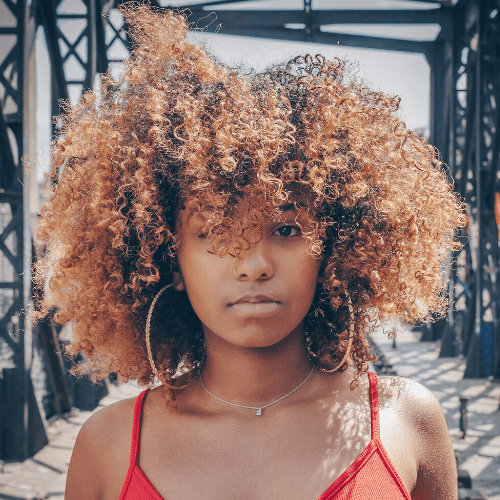
3C
Springy corkscrew curls and ringlets that are extremely voluminous and densely packed. The width of the curls is comparable to the size of a ballpoint pen or pencil.
Type 4: Coily
Coily, or kinky, hair is the most fragile of all hair types. It has fewer cuticle layers to protect the health of the strands, and requires the most protective measures. It is dense, voluminous, and can be styled, but should be treated with care. The main issues are tangling, moisture loss, and shrinkage.
-
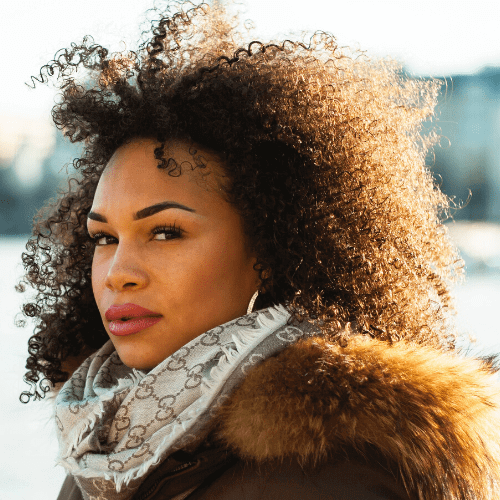
4A
This type has fine, wiry hair strands. There is an abundance of tightly coiled curls that form an “S” or “3” shape when stretched. The width of the curls is around the same size as a crochet needle.
-
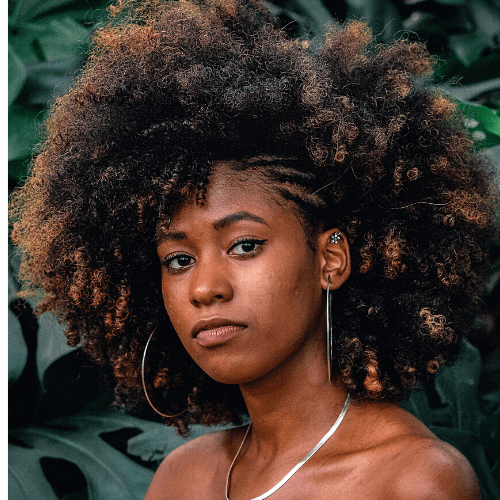
4B
The curls of this type are less defined and are very angular. The head is densely packed with “Z” shaped curls, rather than “S” shaped. The width of the curls is akin to the spring of a ballpoint pen.
-
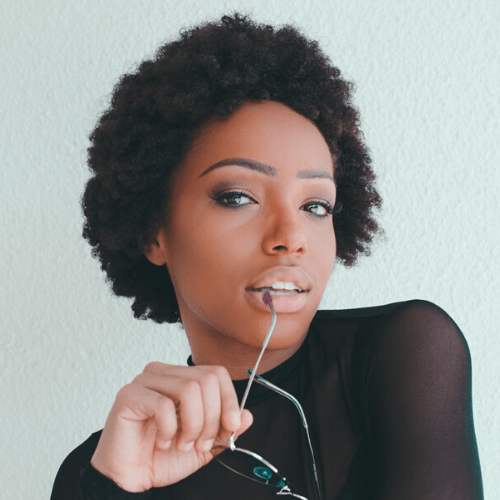
4C
This type has the least definition of all curl types. The texture of the hair can range from very soft to coarse and wiry. Just like 4B, there are bountiful coils in 4C hair. This is the most fragile of all hair types, and should be treated delicately.
What's your hair type?
Knowing your hair type will help you to better understand your hair and what it needs to maintain its health. This will help you to decide the best tools (wide tooth combs, detangling shower combs, afro hair combs, scalp massagers). As well as the best accessories like a satin hair bonnet products (shampoos and conditioners) to manage your curls.
Some sources recommend examining your hair while it is still wet, while others suggest that you let your hair air dry without product. You may be best off doing both. When wet, it may be easier to see the exact shape of the curls, especially with more tightly wound coils. As the hair dries, you will be able to tell how much shrinkage or frizz you experience. Examine the shape your curls take, and how compact the curl pattern is in each strand.
It’s important to know that you may have multiple types of curls in your hair. This is perfectly normal.
We hope the above guide has given you a better understanding of how to determine your curl type so that you can treat and manage your curls.
Shop curl-friendly products at the curly store
-
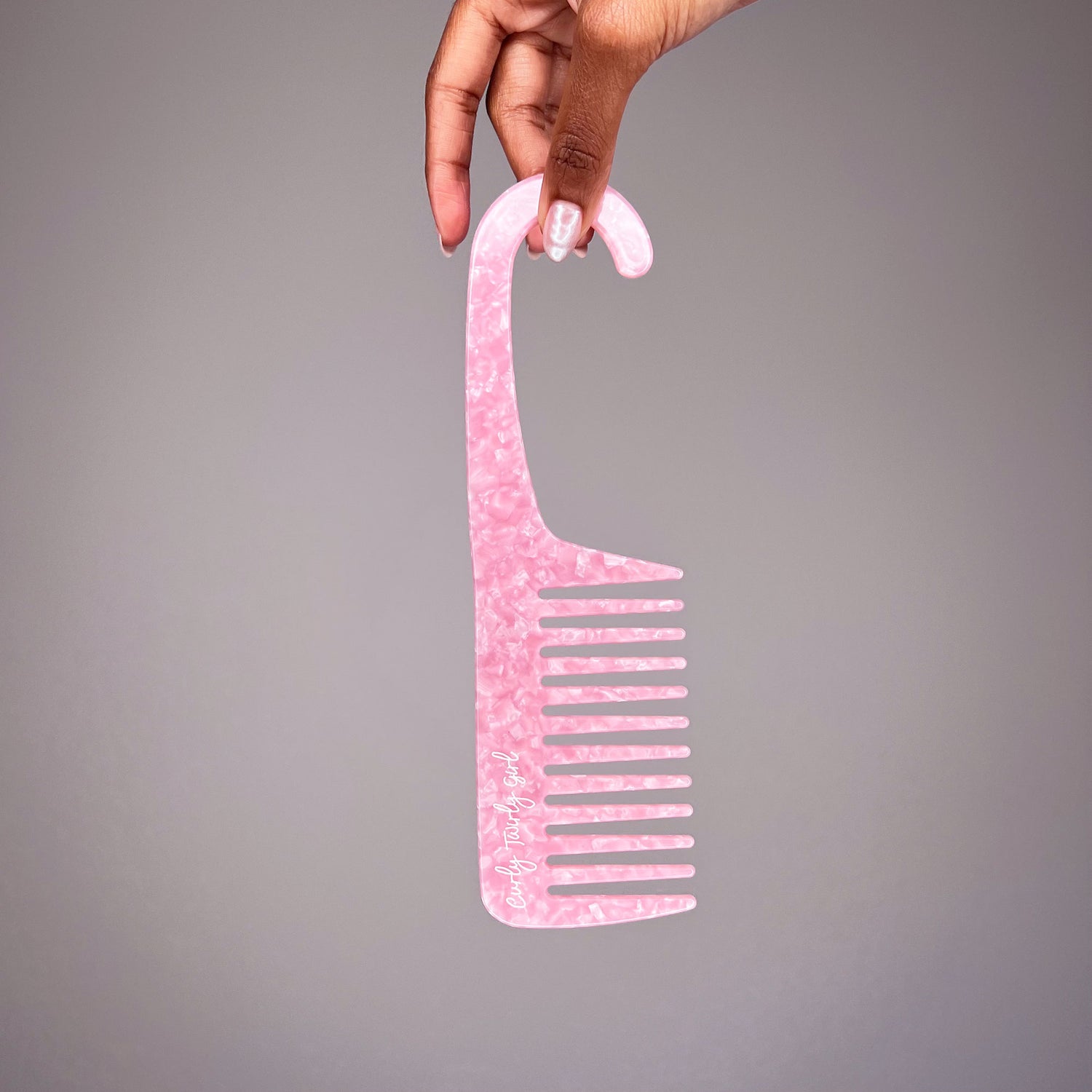
Curly Hair Combs
Detangle or add volume to your hair with our eco-friendly wide tooth combs...
-
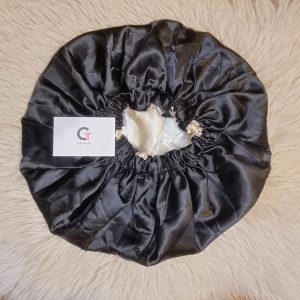
Satin Bonnets
Wake up to gorgeous curls with our Curly Twirly Girl reversible satin...
-
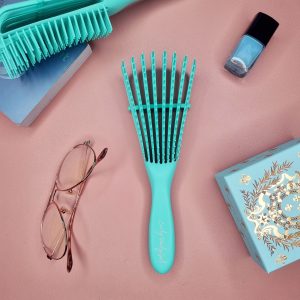
Detangling Flexi Brushes
Are you in need of a great detangler for your hair? With...
